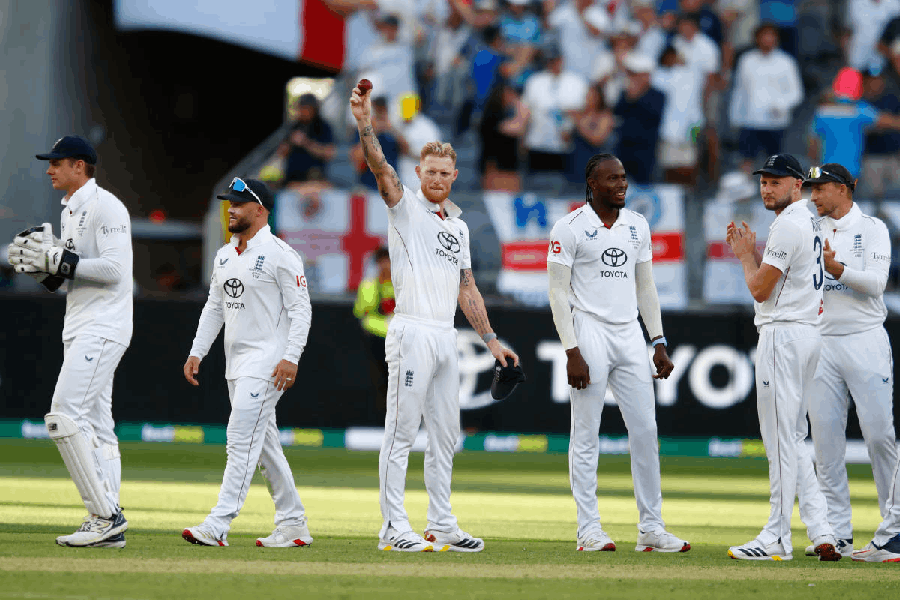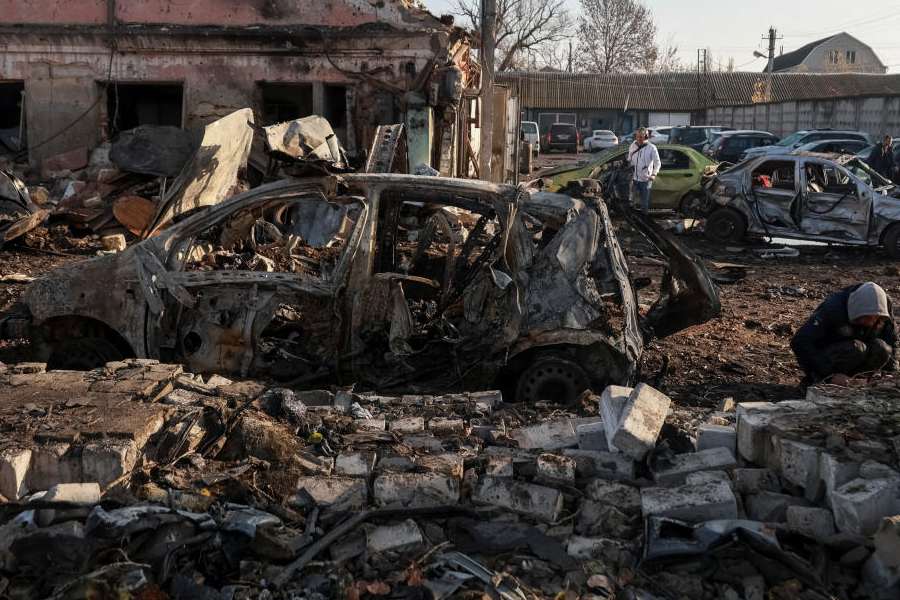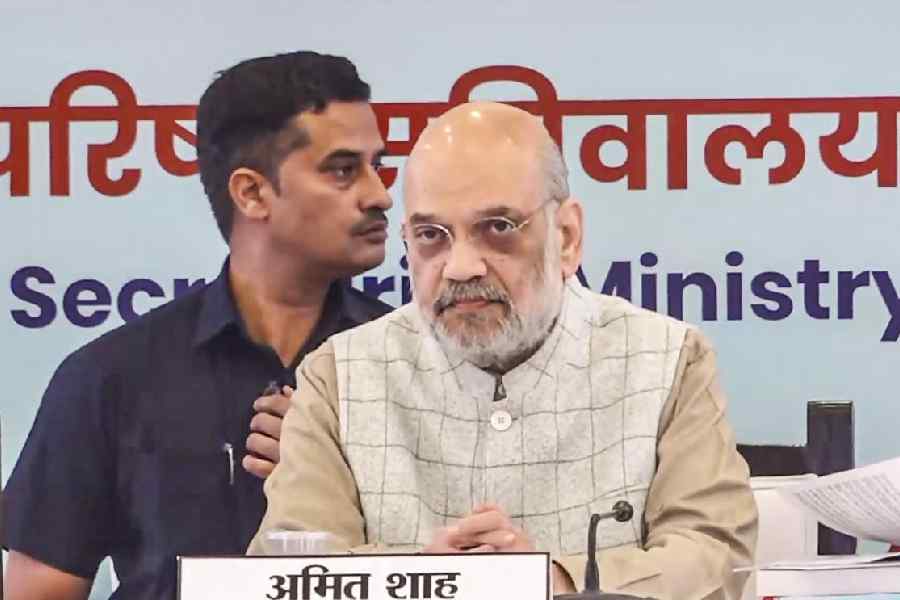Nearly three years after the Kolkata Municipal Corporation (KMC) rolled out its plan to collect segregated waste from households across the city, the initiative is still struggling to gain momentum.
Calcutta mayor Firhad Hakim admitted on Friday that mixed waste continues to reach the Dhapa waste disposal facility, undermining the purpose of the segregation programme. The waste processing units at Dhapa are designed to handle only segregated waste: biodegradable waste such as kitchen and food scraps, and non-biodegradable waste including paper, plastic and metal. Mixed waste, where both streams are lumped together, cannot be used in these units.
“There is a processing unit that converts biodegradable waste into manure. If plastic gets mixed with the biodegradable waste, the mixed waste cannot be used to make manure,” Hakim told Metro. “The plastic that gets soiled when mixed with kitchen waste, too, cannot be used in a plastic processing unit.”
To revive the effort, the KMC on Friday launched a jingle on waste segregation, which will be played on the radio and from waste pick-up carts to raise public awareness.
Implementation gap
Many residents said they had neither seen nor heard any systematic awareness campaign from the civic authorities.
Conversations with residents and civic officials revealed several reasons behind the poor compliance with segregation at source:
- Lack of awareness campaigns
- No persuasion by waste collectors and no penalties for non-compliance
- Waste collectors not carrying separate buckets for dry waste, prompting residents to dump paper and plastic into the biodegradable pile
The KMC introduced waste segregation at source in all 144 wards in December 2022, expanding a programme that began in seven wards in 2010 and was extended to 20 more wards in 2020. Yet, the citywide roll-out has been patchy.
“The jingle is an attempt to draw people’s attention to waste segregation at source. We do not want to take the penalty route, but we have to keep on repeating the point of segregation again and again,” Hakim said.
The Calcutta municipal area generates around 4,500 tonnes of waste every day. The civic body currently has the capacity to process just over 1,100 tonnes daily. The rest is dumped at Dhapa or illegally elsewhere.
What Hakim said indicates that even the 1,100-tonneprocessing capacity is not being fully utilised because of the inflow of mixed waste.
Dhapa has a 10-tonne-per-day (TPD) plastic processing unit, a 1 TPD thermocol recycling unit, a 500 TPD plant converting biodegradable waste into manure, a 5 TPD compressed natural gas (CNG) generation unit from biodegradable waste, and a 500 TPD construction and demolition waste processing plant. There is also a 100 TPD material recovery facility to sort non-biodegradable waste.
“We will set up more processing plants on a 280-bigha land in Dhapa. The gap between waste generated and processed will be plugged when more plants come up in this land,” a KMC official said.
A 2022 order by the National Green Tribunal noted that 10,418 tonnes of solid waste were being dumped across Bengal every day without being processed.











